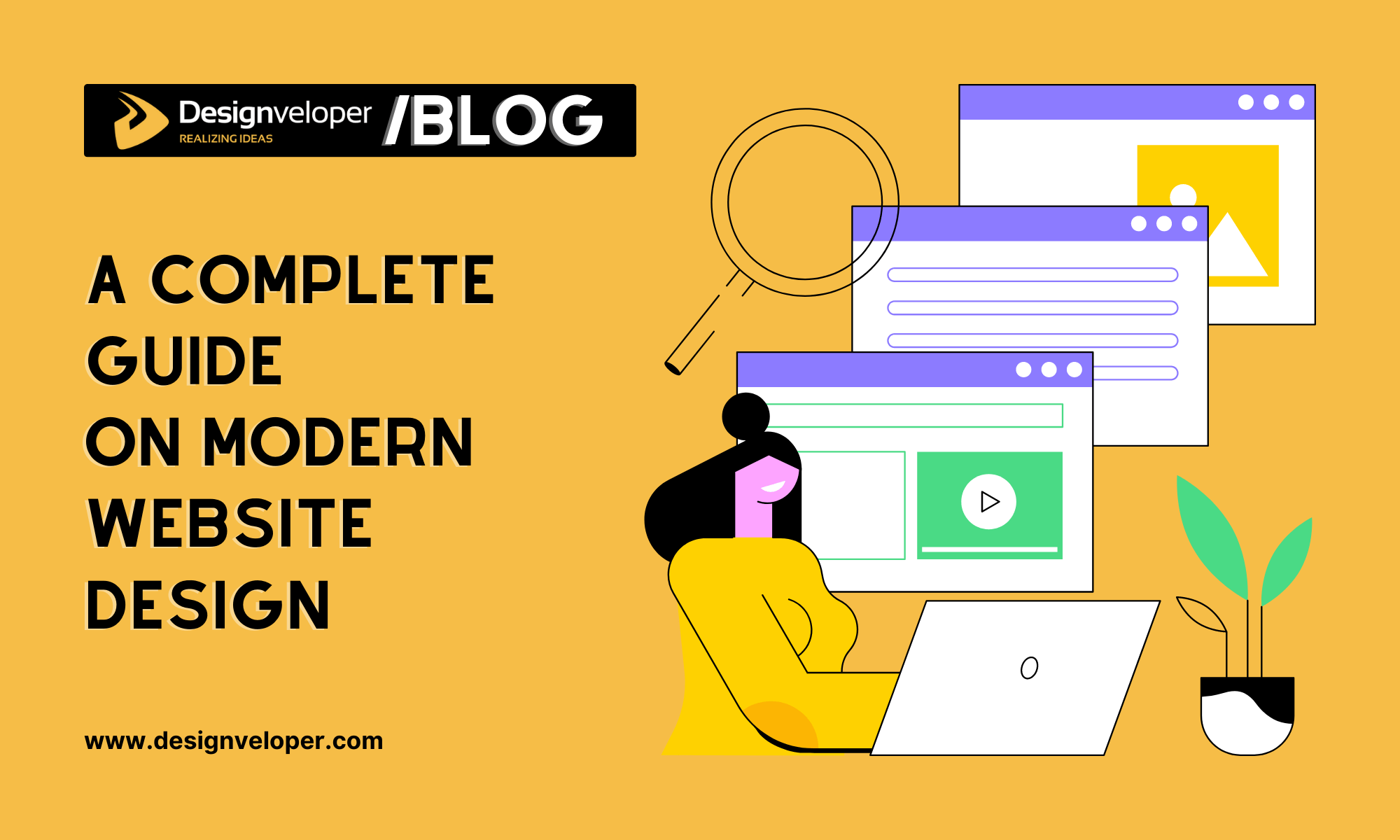Top Tips for Developing an Impactful Web Site Layout That Transforms
In today's digital landscape, the relevance of an impactful site style can not be overemphasized, specifically when it pertains to transforming site visitors right into customers. To attain this, one should think about a range of elements, consisting of understanding the target audience, prioritizing user experience, and maximizing for mobile platforms. Additionally, the tactical use of engaging call-to-actions and a distinct aesthetic pecking order plays an essential duty in leading customers through their journey. As we discover these important components, it comes to be noticeable that the success of your web site depends upon greater than simply visual appeal; it requires a thoughtful approach to style and functionality.

Understand Your Target Audience
Comprehending your target market is fundamental to reliable web site design, as it lays the groundwork for creating an appealing user experience. Recognizing that your individuals are, including their demographics, preferences, and habits, enables designers to tailor the website's material, design, and performance to meet certain needs.
Conducting detailed marketing research is crucial in this procedure. Studies, meetings, and analytics can offer beneficial insights into user expectations and discomfort points. By assembling this information, developers can create individual characters that represent various sections of the target market, ensuring that style decisions are notified and pertinent.
Additionally, comprehending the target audience assists in picking appropriate style aspects such as color pattern, typography, and imagery that reverberate with customers. A website that speaks straight to its target market cultivates a sense of connection and depend on, motivating longer sees and greater conversion rates.
Ultimately, a user-centered method to website style not just boosts user contentment however additionally sustains organization goals by driving engagement and loyalty. By prioritizing the needs and preferences of the target market, an internet site can effectively serve its purpose and attain wanted end results.
Prioritize Customer Experience
To boost the general efficiency of a web site, prioritizing individual experience (UX) is necessary (Website Design). A well-designed UX ensures that visitors can browse the site easily, locate information quickly, and involve with content meaningfully. This brings about raised customer satisfaction and higher conversion rates
Begin by implementing instinctive navigating. Menus should be logically structured, permitting customers to situate key locations of the website with very little effort. Uniformity in style elements, such as shade schemes and font styles, promotes familiarity, which is crucial for keeping individual involvement.
Furthermore, consider the filling speed of your site. A hold-up of simply a few seconds can cause significant drop-offs, as customers are less most likely to wait for a slow-loading web page. Enhancing images and maximizing code can enhance performance and preserve visitors.
By focusing on user experience, you not only develop an extra enjoyable atmosphere for visitors yet likewise enhance your brand name's reputation. Ultimately, an emphasis on UX is a financial investment in the lasting success of your internet site.
Maximize for Mobile Tools
Optimizing for mobile devices is important in today's digital landscape, where an enhancing variety of customers accessibility internet sites via smart devices and tablets. A mobile-friendly design not only enhances individual experience yet additionally plays a substantial duty in boosting internet search engine rankings. To attain this, it is important to adopt a responsive style that immediately adapts to various display dimensions and positionings.

Filling rate is one more vital element; mobile customers are typically less client and anticipate rapid access to info. By focusing on mobile optimization, you ensure that your site remains competitive and properly engages a wider audience.
Use Engaging Call-to-Actions
A website's effectiveness typically hinges on its capability to assist site visitors towards preferred actions, making compelling call-to-actions (CTAs) vital parts of style. CTAs serve as the critical factors that guide users go now to involve with the website, whether that means purchasing, signing up for a newsletter, or downloading and install a resource.
To create reliable CTAs, quality is extremely important. Use succinct language that clearly communicates the activity you desire the user to take.
Furthermore, the design of CTAs should stand out without being meddlesome. Use contrasting shades and clear font styles to ensure they record interest. In addition, think about utilizing directional cues, such as arrowheads or images, to guide customers towards these buttons. By concentrating on these aspects, companies can substantially boost user involvement, driving conversions and eventually achieving their web site's goals.
Concentrate On Visual Hierarchy
Effective internet site design depends heavily on a well-structured visual hierarchy that overviews customers with web content flawlessly. By arranging elements in a way that prioritizes info, designers can enhance individual experience and promote decision-making. This involves using dimension, color, comparison, and spacing purposefully to read more draw interest to the most vital parts of a webpage.
Making use of bigger typefaces for headings and subheadings establishes a clear difference between different areas, enabling users to check material easily. Additionally, employing contrasting colors for switches and calls-to-action can capture user focus and motivate communication. Whitespace is another important element; it avoids clutter and enables individuals to focus on crucial messages without disturbances.
Images and graphics need to complement the text while also adhering to the established hierarchy, strengthening the general message (Website Design). Consistency in style aspects, such as color design and typography, additional reinforces the visual pecking order, making navigation user-friendly

Conclusion
In conclusion, reliable site layout requires a comprehensive understanding of the target audience, prioritization of customer experience, and mobile optimization. Inevitably, a well-executed web site design serves as a critical component in driving individual activities and accomplishing organization goals.
Comments on “End-to-End Website Design Solutions from Strategy to Launch”